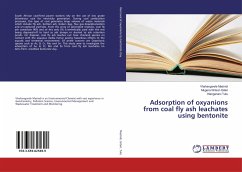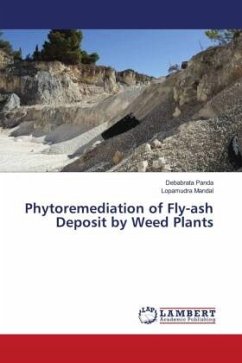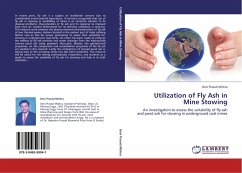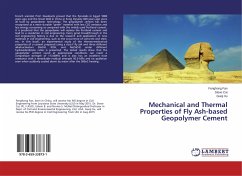South African coal-fired power stations rely on the use of low grade bituminous coal for electricity generation. During coal combustion processes, this type of coal generates large volume of waste materials which include Fly ash, bottom ash, boilers slag, flue gas desulphurization and un-captured particles. From the array of generated residues, coal fly ash constitute 90% and of this only 5% is beneficially used with the rest being disposed-off to land as ash dumps or slurried to ash retention ponds. On disposal, coal fly ash leaches out toxic chemical species on contact with the aqueous media hence posing hazardous effects to the aquatic and terrestrial environment. Of prime concern are Oxyanionic species such as As, B, Cr, Mo and Se. This study aims to investigate the adsorption of As, B, Cr, Mo and Se from coal fly ash leachates on Al3+/Fe3+ modified bentonite clay.








